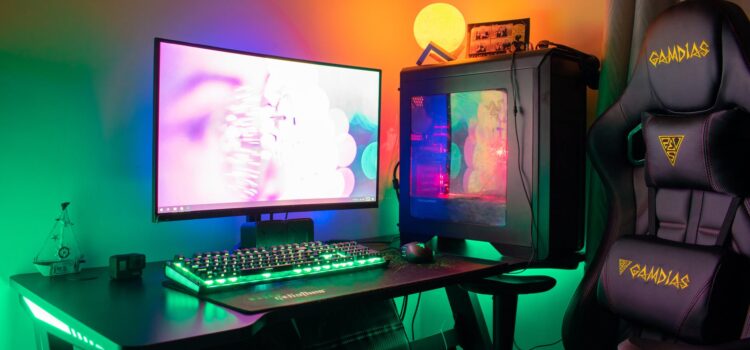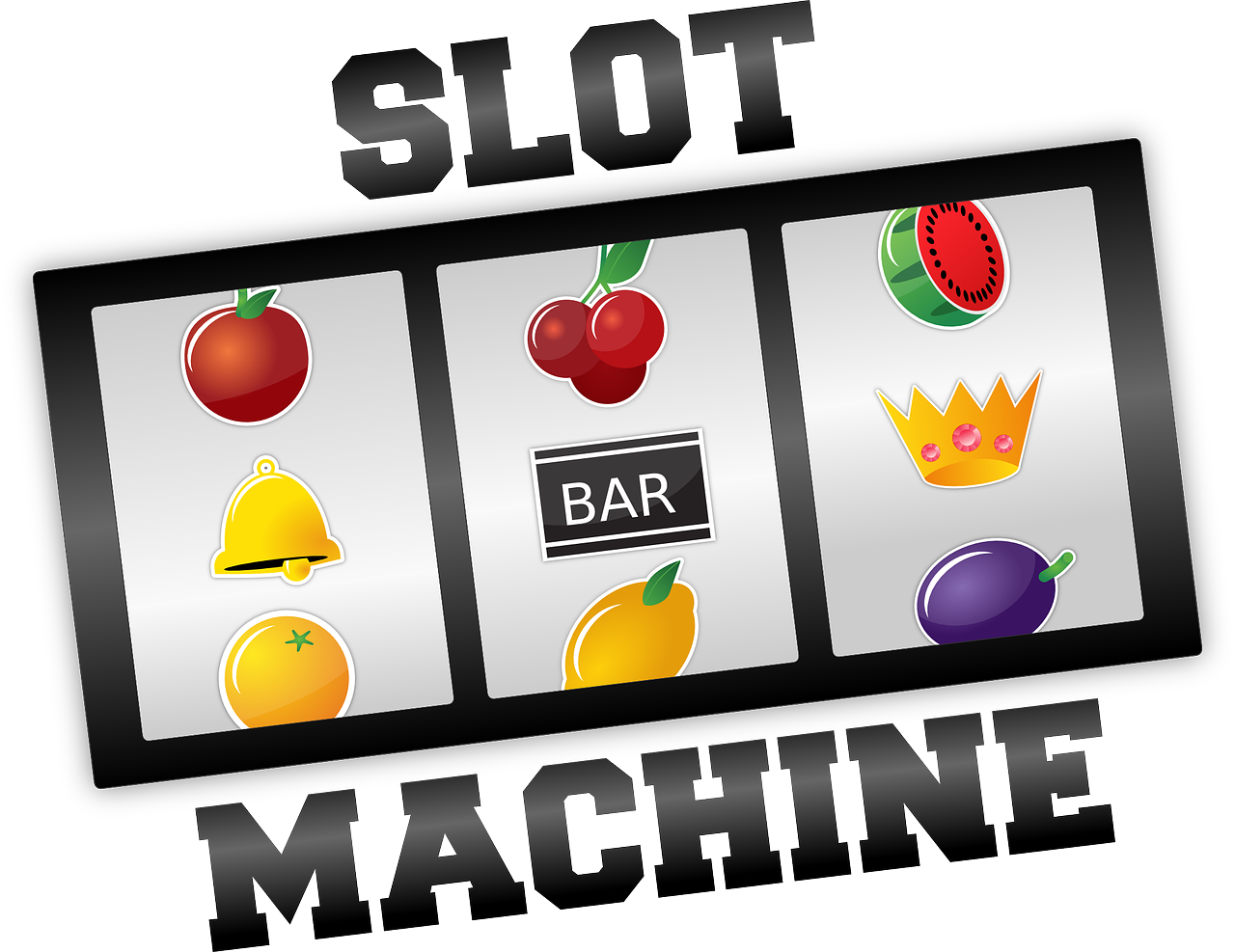If you could turn your passion into a career, would you want to? Apart from artists, very few people can say that they truly love their jobs. However, in today’s digital world, producing games pays off and with the right set of skills, you could also make a living out of designing, testing, or presenting games. In this piece, we are digging deeper into the topic of gaming jobs with the help of iGaming expert Auli Wälkky.

How to make a career in gaming?
The gaming industry is growing exponentially. Microsoft estimates that there could be as many as 2 billion gamers globally. These include serious gamers who use top-notch consoles, PC and laptop gamers, and people who play mobile games. Gaming is popular in the developed and developing world, with the figures expected to see a rise.
Apart from gaming, gambling is also on the rise. In Finland, over 20% of people play at online casinos, and even more, play on physical slot machines placed in establishments all over the country. Online gambling has many advantages, for example, Finnish players can often get nettikasino bonukset when they deposit at a new casino.
You can get a great number of jobs related to gaming or gambling depending on what skills you have. A typical gaming career salary is, in general, higher than average, so it makes sense to choose this industry for your career path.
Gamer career options
If you are into computer gaming and have coding or designing skills, you can pursue a career in:
- Game programming
- Game design
- Game testing
- Game coaching or reviewing
Programmers and designers are always thought after to satisfy the growing need for new computer games.
Even if you are not a programmer or designer, you can have a career in playing games. As we have seen plenty of evidence of it, esports can bring in big bucks if you are good enough at it. You will need to have a deep knowledge of the game, endless hours of practice behind you, and excellent hand-eye coordination and reflexes. Professional gamers sometimes become brand ambassadors of games and can get serious money for advertising.
A mobile gaming career is also a possibility. As you will always see on LinkedIn, companies are on the lookout for game testers all the time. These jobs can often be done remotely and are often project-based, meaning they are not full-time jobs.
Gambler career
If casino games are your thing, the career opportunities overlap with those of gamers. You can expect a higher-than-average salary should you choose to venture into designing and coding, which are obvious choices. However, there are lots of online gambling career options that don’t require any skills or expertise and can be learned during a short training. Your gambler career options to consider are:
- Game programmer
- Game designer
- Game tester
- Game presenter (live dealer)
- Customer support/admin staff
As we mentioned before, gambling is super popular in Finland and online casinos are always on the lookout for Finnish-speaking staff. A great side of getting a career in gambling is that most online casinos are run from sunny places like Malta, Gibraltar, Costa Rica, and Curaçao! You could start up in customer support and make your way to loads of administrative departments such as payments, fraud, anti-money laundering, content writing, and even finance.
Brick and mortar casinos, of course, also need staff, so if you are confident and love being the center of attention, you could become a croupier at a land-based casino. The career path from a croupier position typically goes to supervisor and pit manager. Casino staff are normally well paid, and they will often get hefty tips from lucky punters.
Conclusion
There are plenty of career opportunities in the field of gaming and gambling. If you have the right skills such as programming and design, you can expect a well-above-average salary. However, some people can make a living just by playing or testing games too. Loads of admin positions are available at online casinos, and you may even get a job at a land-based casino!








